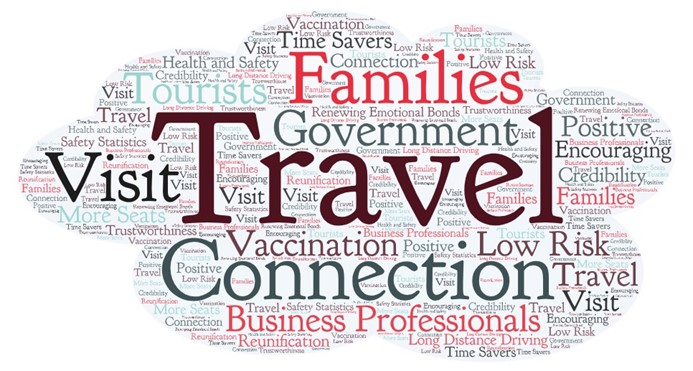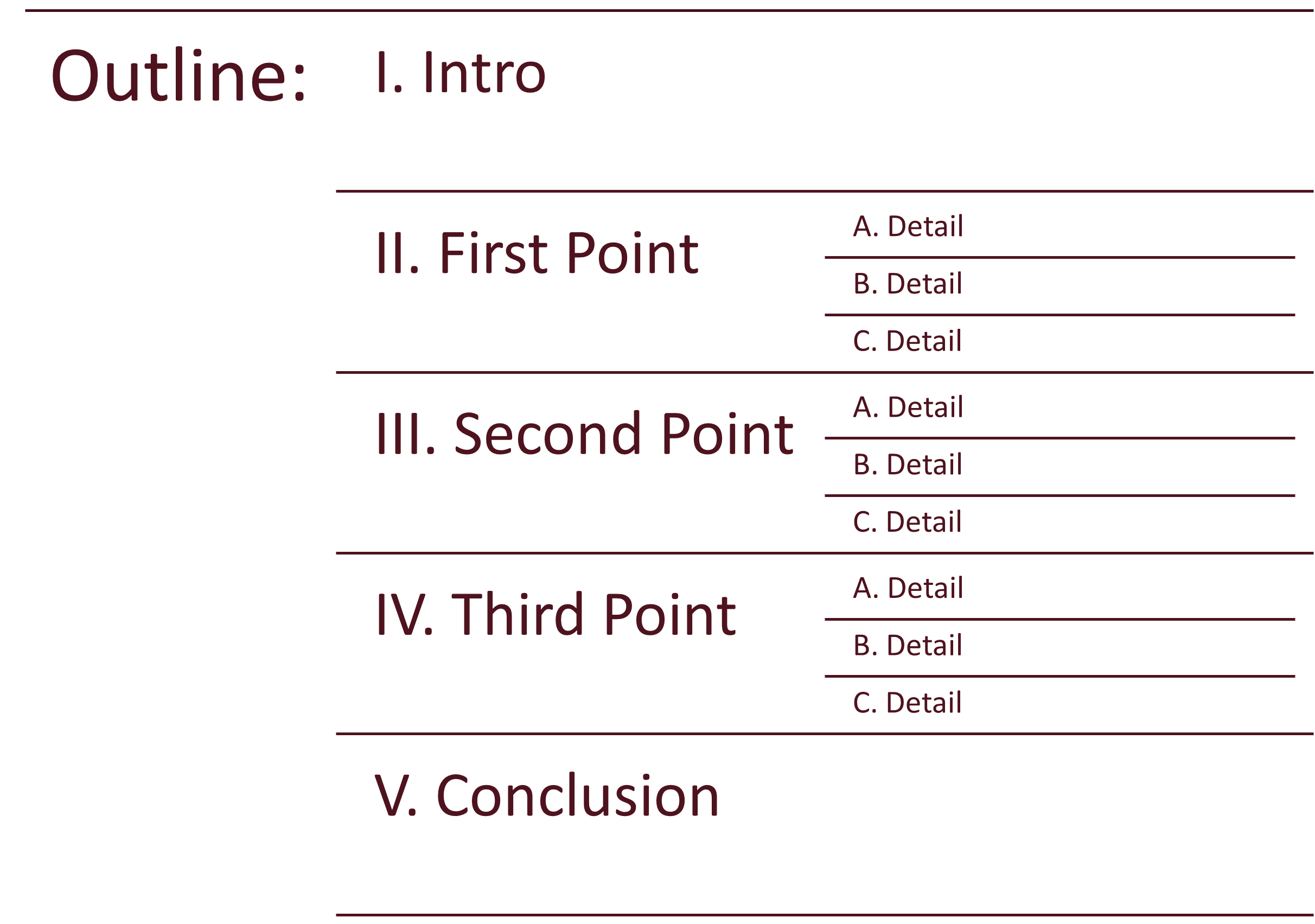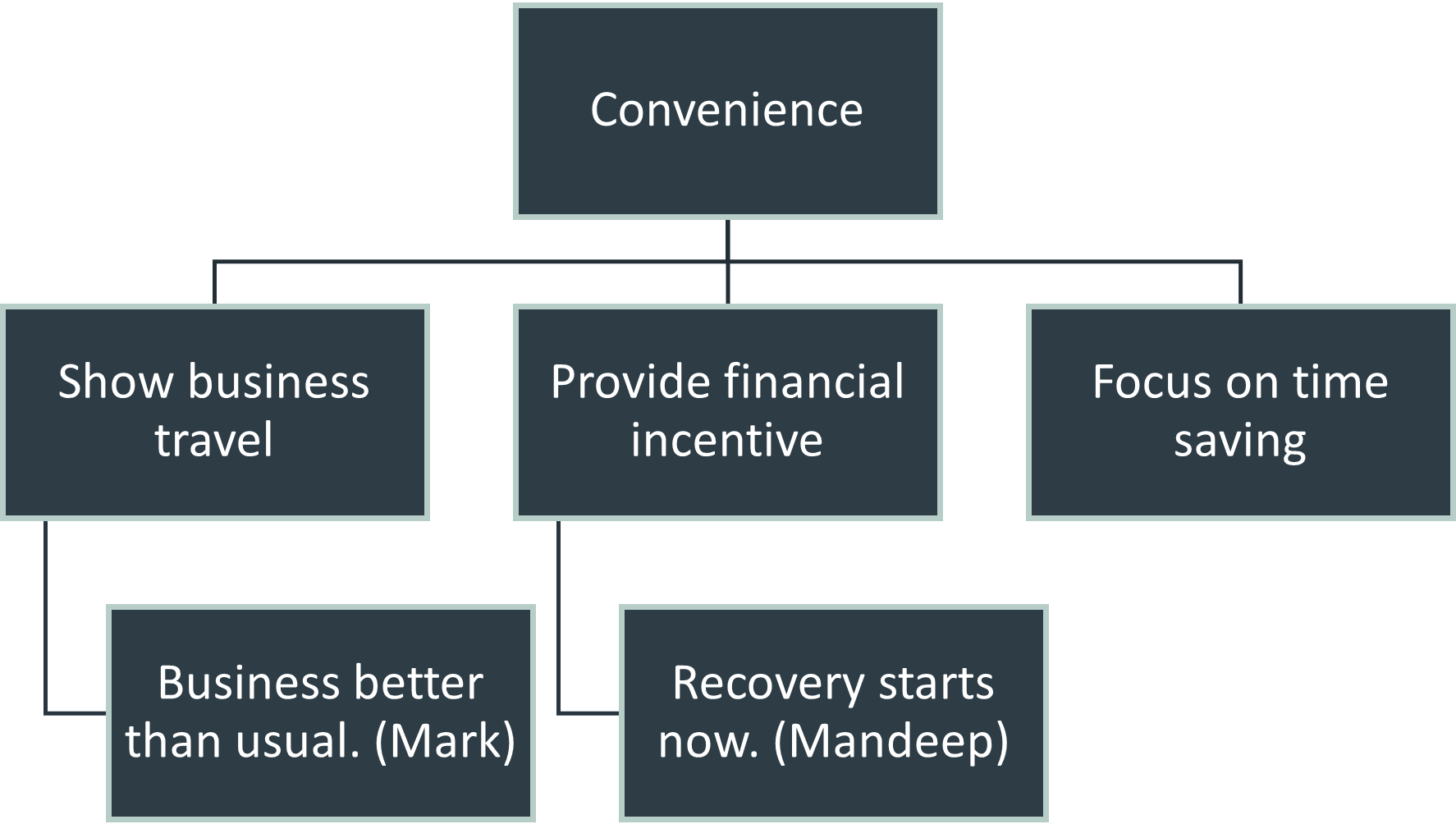Chapter 10: Writing at Work
10.2 Planning to Write
Writing is so much more than the finished product! Think of writing as a process with distinct steps and stages. Everyone’s process is a little bit different. However, all good writing involves planning. Before you start putting your words to the page, make sure that you have a clear plan of action.

Brainstorming
Have you ever sat in front of a blank screen, watching your cursor flash? There is nothing worse than starting to write! However, there are lots of strategies you can use to make sure that you start with ideas. Brainstorming is a common pre-writing strategy. Here are a few different ways you can use brainstorming at the early stage of your writing process.
Take Notes. Remember that your audience, purpose and tone are most important. So, when you start a new writing task, spend time exploring what each of those things mean for your project. In addition to taking notes, you can also use colour or underlining to emphasize the most important points.
Free write. To avoid the flashing cursor, use time to write. Set a timer for 2, 5, or 10 minutes. Then, write down all of your ideas about the topic, audience, purpose, and tone. You can also write down your ideas about format or direction. The goal with free writing is to write non-stop. It doesn’t have to be refined or pretty. The best ideas will shine through when you review them after the time.
Discussion. Sometimes it is better to brainstorm with a partner or as a team. For large projects, you may want to assign a notetaker to document the flow of your conversation. Ask about different stakeholders and see if you can separate ideas. Some people use post-it notes or other visual aids to help organize or map their thinking.
Mind map or Word cloud. Classic brainstorming often makes associations between concepts and ideas. There are programs like Smart Art in Word, or online mind mapping programs that help generate visualizations of your ideas. A word cloud, for example, will show you the ideas you have developed. It can even so show significance or frequency, so that the most common words and ideas are bigger than the others.


Word clouds can be created using a number of free online programs such as WordArt.
Conducting Research
A lot of writing requires research first. Often you do not have easy answers about your audience’s demographics, or about the formats that might serve them best. If you are looking for a solution to a problem, you may need to see how other people in your field have approached something similar. Research can happen formally and informally. Here are a few research tips:
- Analyze the credibility of your sources using the CARS framework from Chapter XX: Essential Skills
- Select sources that will connect to your audience
- Visualize and summarize data to make it easier to understand
- Ask if you aren’t sure how much research to conduct
- Practice excellent citation and notetaking skills to help you track what you found and where
Making an Outline
There are many different writing conventions, based on the type of writing task you are working on. When you are preparing to start writing, use those conventions to help you plan your work. Break a large writing project down into smaller chunks. Some people write very detailed outlines. Others just jot down some key points. We often suggest you start by writing some of your subheadings. That way you can see how the complete project will be organized. It will help you visualize. If you are preparing to write with a template, use the template to build your outline. If you want to use technology to help you outline, SmartArt can often be a great way to organize your outline.

Following an Example
Many types of workplace writing are routine. That means that you fill out the same paperwork and documents all the time. When you are new to a workplace, you may have no idea where to begin. Start with some examples. Ask your employer, supervisor, or coworker for recent versions of the documents that you have been asked to write.
As you review an example, look for the following clues:
- What sections or headings does the example use?
- How long are the sections?
- How much detail does it include?
- What kinds of sources are cited and how?
- What formatting or other conventions shape the document?
Case Study: Aimee Plans and Drafts Slogans
Aimee has now been involved in three different strategic brainstorming sessions with the marketing team. She served as notetaker and has pages of notes from her colleagues. She has been asked to pull out themes from the sessions and then propose a few slogans of her own. She starts by highlighting and circling key ideas from her notes. She uses different colours to group the ideas into three main areas: connection, convenience and safety. She then turns them into a graphic to make it easier to see the connections. She also notes the proposed slogans offered by her coworkers.
Use the arrows in the following activity to view Aimee’s planning



After Aimee creates her graphic summary, she tries to come up with a short sentence, idea, or feeling related to each of the main areas. She models her examples on the ones she heard from her coworkers. Before she writes, she goes back to her notes about the audience, purpose, and tone she needs to reach. She submits this summary and her new ideas to Mark:
- Connection – You’re almost home.
- Convenience – Take eight extra hours to act [negotiate, present, bargain, collaborate].
- Safety – Clean filtered safe air.
Media Attributions
- “Figure 10.1 The Writing Process” by Deb Nielsen, Emily Ballantyne, Faatimah Murad and Melissa Fournier is licensed under a CC BY-NC 4.0 licence. Based on Kendall College, 2017.
- “Figure 10.2 Mind Map Guidelines” by Deb Nielsen, Emily Ballantyne, Faatimah Murad and Melissa Fournier is licensed under a CC BY-NC 4.0 licence. Based on Nicoguaro, 2011.
- “Figure 10.3 Word Cloud” by Deb Nielsen, Emily Ballantyne, Faatimah Murad and Melissa Fournier is licensed under a CC BY-NC 4.0 licence.
- “Figure 10.4 Sample outline created using SmartArt” by Deb Nielsen, Emily Ballantyne, Faatimah Murad and Melissa Fournier is licensed under a CC BY-NC 4.0 licence.
- “Connection, convenience, safety” by Deb Nielsen, Emily Ballantyne, Melissa Fournier is licensed under a CC BY-NC 4.0 licence.

